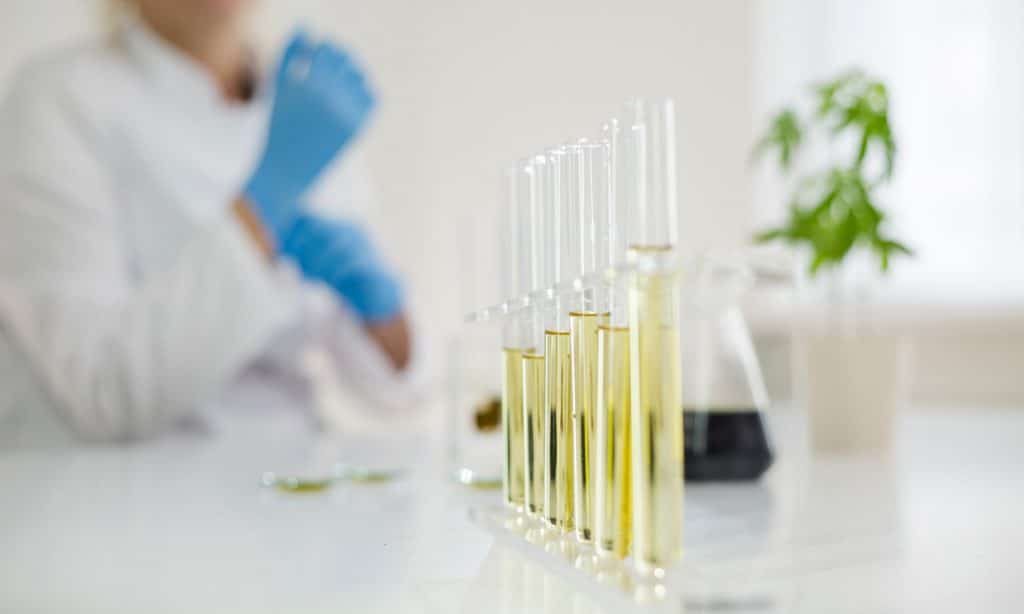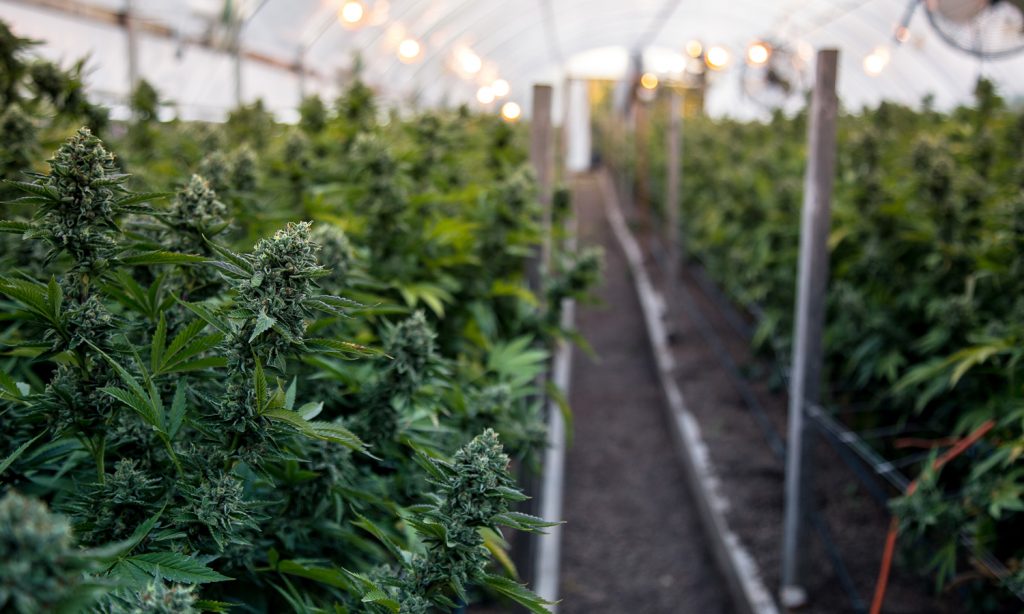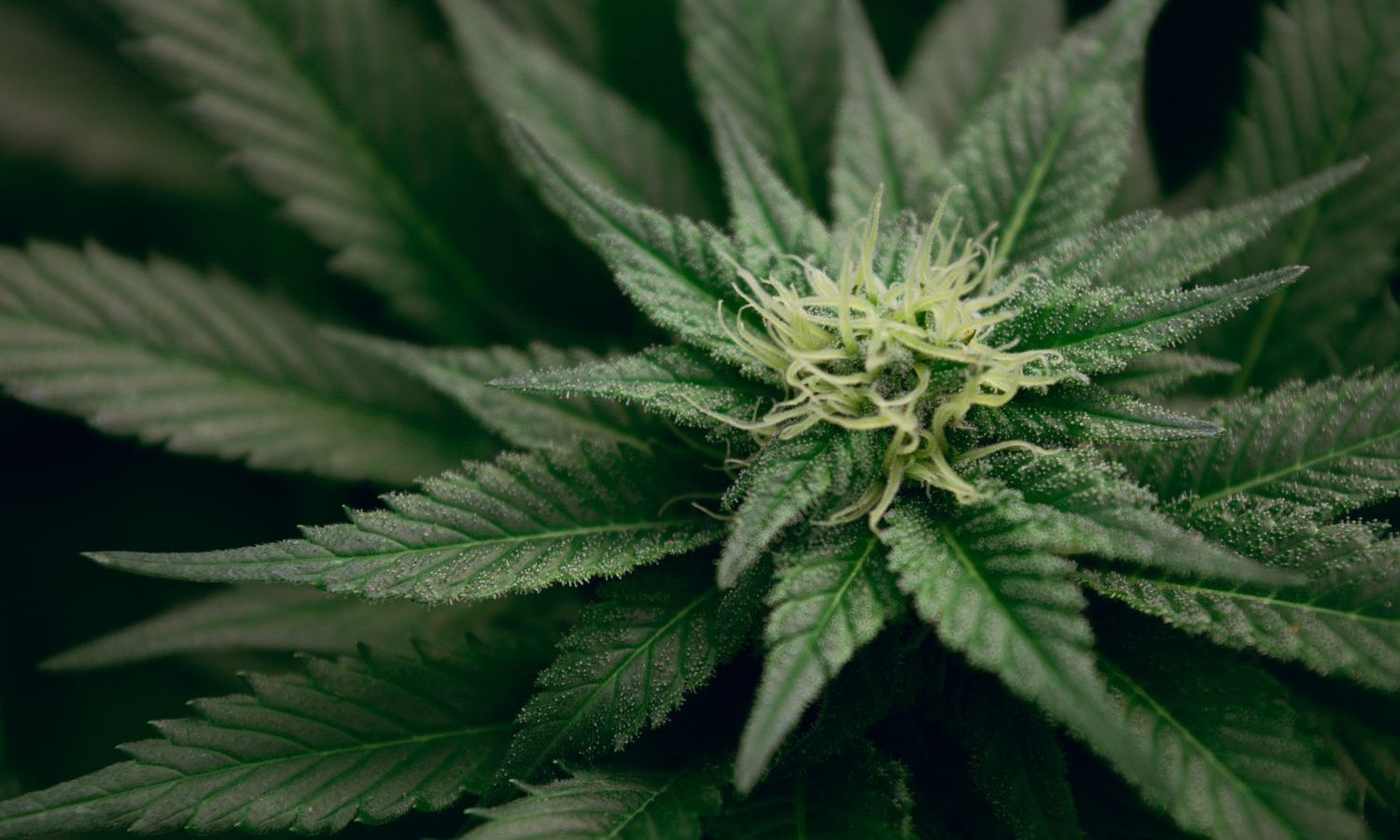Cannabis cultivation has skyrocketed since legalization began and the introduction of bioengineering modifications will surely be a plus in every aspect.
The growth of cannabis over the years has completely changed the scope of how cannabis cultivation is viewed by many. The different set of activities involved in the production of cannabis are also rapidly improving due to the immense impact of specialization and the input of technology.
Cannabis cultivation has hugely developed from the conventional method of cultivation to a more advanced means of production. Different companies are now adopting different methods aimed at improving the cultivation process to give yields of larger quantities and better quality. This led to the development of the biotechnology arm of the cannabis industry which is now making giant strides in the area of cannabis bioengineering.
What is cannabis bioengineering?
Cannabis bioengineering generally involves the use of genetic modifications to scale up the production process of cannabis and its extracts. Cannabinoids such as THC, CBD, and several others present in the cannabis plant matrix only exist in small quantities. This makes it unfit for use on an industrial scale especially in terms of the pharmaceutical use of the product. Cannabinoids are majorly concentrated in trichomes which are short outgrowth on the cannabis bud. This makes the stem, stalk, leaves unusable in terms of getting the necessary cannabinoids. This apparent need led to the introduction of genetic modifications to cannabis cultivation.
Application of bioengineering in cannabis
The first application of genetic modifications in cannabis is in the use of microorganisms for the production of cannabinoids. Some biotech companies and researchers are working towards how microorganisms, yeast, and some other organisms can be used to modify the production process of cannabinoids in cannabis plants. This encompasses the use of such organisms to produce scarce cannabinoids and the use of such organisms to increase the cannabinoid pull of the producer. With this, the cannabis producer and companies that require the cultivators for cannabis products get to experience more yield of the beneficial product.
The next application of bioengineering in cannabis cultivation is towards the modification of chemical synthesis within the plant. The plant matrix of the cannabis plant primarily consists of cannabinoids, flavonoids, terpenes, and other phytochemical molecules. The application of bioengineering in cannabis chemical synthesis operates by altering the cells of the cannabis plant. This alteration will result in the production of the necessary cannabinoids from the top of the cannabis plant to the bottom. This is contrary to the general experience of only trichomes hosting most of the cannabinoids in the cannabis plants as the chemical synthesis improves overall production.
RELATED: Why You Didn’t Get The Cannabis Strain You Think You Did
The general goal of all modifications and genetic bioengineering practices done in cannabis is to produce sufficient cannabinoids easily and more efficiently. The high level of effectiveness associated with bioengineering makes it a more reliable method for the production of cannabis products compared to the conventional cultivation processes. The use of these different genetic modifications also increases the production of rare cannabinoids. These molecules naturally occur in trace amounts in cannabis plants and the use of appropriate methods makes them abundant and available.

Another genetic modification that is also gaining traction from cannabis companies is the use of transgenic plants. Such plants are well-tuned to survive under harsh conditions and periods of environmental stress. This makes such super-plants durable and dependable for the production of the needed cannabis products.
Cannabis companies taking the right step
The train of bioengineering in cannabis has left the station and different big cannabis companies are already waking up to this reality. Canopy Growth Corporation, Canada in 2018 purchased Ebbu which is a small company dealing with bioengineering in Canada. The purchase is valued at over $300 million making it one of the topmost cannabis transactions between cannabis companies and biotech companies. Ebbu holds the privilege of being regarded as one of the early players in cannabis bioengineering as the company has begun manipulating the cannabis genome with the gene-editing system CRISPR-Cas9.
RELATED: Genetically-Engineered Cannabis: Growing Trend In North America?
Trait Biosciences in Toronto are also at the forefront of cannabis bioengineering though with a different approach. The company has successfully developed ways to genetically engineer the cannabis plant to produce cannabinoids generally around the cannabis plant. This helps to improve overall yield. Further work being done on the cannabis plant is also aimed at making some oil-soluble extracts from the cannabis plant more water-soluble. This will aid the easy incorporation into Cannabis beverages and other water-based cannabis products.
Other companies are also towing this line and a good example is Zenabis from Vancouver, Canada. They already purchased 36 tonnes of bacteria-made CBD from a medical marijuana company called Farmako from Frankfurt, Germany. This transaction is bound to be the first of many as other companies are expected to follow suit soon enough.
Advantages of bioengineering over conventional cultivation practices
Consistency of product
Unlike cultivation processes, the use of bioengineering makes the process of producing cannabinoids easy as the process is easily reproducible along with the products. Cultivation processes are bound to be affected by external factors such as weather, pests, and other environmental factors. Bioengineering, however, mostly depends on the work within and is less prone to such environmental factors.
More environmental friendly
Surprisingly, the use of bioengineering modifications is friendlier to the environment compared to cultivation processes. This is because less energy is applied to run a bioreactor compared to the effect of cultivation which requires power to run lights and ventilation fans. Cultivation processes also have a risk of water and land pollution attached to them.

Lesser known cannabinoids are grown more
The use of bioengineering has the added advantage of making available other cannabinoids that are less-known compared to THC and CBD. Examples of such cannabinoids are cannabigerol CBD and tetrahydrocannabivarin THCV. This method also has the possibility of producing compounds not found in nature making it more lucrative along with it being more effective.
Bottom line
Cannabis cultivation has skyrocketed since legalization began and the introduction of bioengineering modifications will surely be a plus in every aspect. There is, however, need for more work to be done by researchers and biotech companies to fully understand and utilize this innovative new technology.
This article originally appeared on Cannabis.net and has been reposted with permission.


